
 Instagram
Instagram
Related Brands
Hot Ears: Causes and Treatment

Related products
Hot and burning ears occur independently or are signs of underlying health conditions. They result from ear & skin infections, severe allergic reactions or due to various other conditions. Rare conditions, such as red ear syndrome (RES) and hormonal changes, are additional culprits.
How and where ear infections occur offers clues about the events in the body. For example, burning in one ear while the other is normal is a sign of an ear infection. Hotness in both ears after spending hours outside is due to sunburns, as people often forget to use sunscreen on their ears.

For diagnosis and treatment, it is advised to consult the healthcare provider to review these symptoms and make a diagnosis. The leading causes of hot ears and their remedies are,
Sunburn
Sunburn is undoubtedly the primary cause of hotness and burns in the ears. Many people are unaware that their sensitive and highly vulnerable skin needs protection against UV light. People with long hair and partially covering their ears often forget to apply sunscreen.
A sunburn on the ears created a sensation similar to burns anywhere on the body. In addition to burning and pain, sunburn causes additional Symptoms, e.g., blistering, swelling, redness, peeling and itchiness on the skin days after the sunburn.
Treatment options
Sunburns typically heal on their own within a few days and weeks. To treat a severe sunburn, wet and cool compresses to the painful areas, over-the-counter painkillers, fragrance-free and gentle moisturisers, 1% hydrocortisone cream, and aloe vera salve are treatment options.
Avoiding sun exposure during the healing process reduces further skin damage and pain. If there are blisters on sunburnt skin, avoid popping them, as these blisters are part of the regular healing process and help protect the body against infections.
Our Suncream collection has numerous lotions and creams that protect the body against sunlight's rays. Visit it to buy these products. Our After Sun products help relieve sunburn by quickly cooling the skin.
When to consult the healthcare provider?
Mild sunburns are uncomfortable but not serious. However, serious sunburns cause severe dehydration and need medical treatment. If someone experiences faintness, weakness and fatigue or has shallow blood pressure, they should go to the emergency room.
Allergic reactions
Contact dermatitis or skin allergy is another cause of sunburns, as a person is exposed to allergens, such as latex, adhesives, insect bites, plants, personal care products, such as perfumes, cosmetics, conditioners and shampoos, topical creams, jewellery, medical devices and electronics, and various foods that contain nickel.

Nickel-plated jewellery is a common allergen for people with pierced ears. Nickel jewellery causes burning, itchiness, redness, and hives. Swelling appears on various body parts, and having a hot ear is one of the signs. Our Allergy Syrups collection has numerous products that are effective for pet allergies, dust allergies, hay fever and more. Visit it to buy these products.
Treatment
The primary treatment option for contact dermatitis is to avoid exposure to allergens. For example, if a person is sensitive to jewellery, the use of that jewellery must be avoided. In complicated cases, consultation with the healthcare provider is necessary, who might refer the case to the dermatologist or allergist. Doctors often prescribe medicated creams to treat and recover from the condition.
When to consult the healthcare provider?
Consultation with the doctor is necessary in complicated cases that do not respond appropriately to the home remedies.
Emotions
Experiencing flushing or blushing on the face, upper chest, and neck is a typical physiological response to various strong emotions, such as embarrassment, anger, and sudden happiness. This type of ear hotness and redness is due to increased blood flow to the skin.
Flushing also influences the ears, which become very hot to touch during powerful emotions. Burning sensations in the ears are also very common. Other causes of flushing on the face include physical activities, alcohol use, certain prescription medications, eating hot and spicy foods, and extreme temperature swings.
The risk of facial flushing is very high if one has certain medical and lifestyle conditions, e.g., rosacea, Cushing's syndrome, carcinoid syndrome, which is associated with tumours of the lungs, appendix, colon, and small intestines, has an illness that causes fever, or experiences menopause.
Body position during sleep
Numerous studies highlight that the body position during sleep and the temperature of the ears cause more blood flow to the ears. The ears become reddish and warmer to the touch. Research is needed, but people must avoid risky scenarios as soon as the relationship between sleepiness and ear temperature is established.

Ear infections
Ear infections cause burning sensations and pain in the outer ear, and the pain's location and severity depend upon the infection's type and severity. Middle ear infections are the primary cause of ear infections. They are associated with various symptoms, e.g., fluid draining from both or one of the ears, loss of appetite, nasal congestion, muffled hearing, a sense of fullness in the ears, fatigue, and ear pain.
Treatment options
Most ear infections recover automatically, but many home remedies and over-the-counter medications help quickly alleviate the symptoms. These include applying a warm compress to the affected site, using OTC ear drops., earwax removal drops, antiseptic ear drops and pain relief and using OTC painkillers, e.g., ibuprofen.
When to consult the healthcare provider?
Consultation with healthcare professionals is needed only for cases that continue to get worse or do not improve despite continuous treatment. A course of prescription antibiotics is required to treat infections.
Erythromelalgia
It is a rare condition that affects extremities, e.g., hands, feet, and ears. It affects one or both sides of the body and includes severe burning and pain, redness, hotness, itching and tingling. No definitive cause is known, but it has a genetic and familial predisposition.
Treatment options
Many treatment options are available, but the response depends on the person and it differs for different people. A treatment that works for a specific person may not work for others. People with erythromelalgia reported that the gel packs, fans and other cooling techniques effectively soothing the symptoms.
The other treatment options are topical treatments, e.g., lidocaine patches and creams, aspirin; antidepressant drugs, e.g., Elavil (amitriptyline) and Prozac (fluoxetine); cardiovascular drugs, e.g., calcium channel blockers and beta blockers, intravenous infusions, e.g., lidocaine and anti-seizure drugs, e.g., Neurontin. Surgical implants and the use of nerve blocks are the other options.
Idiopathic Red ear syndrome
It is a poorly described and understood health condition that is often linked to headaches, particularly migraine headaches. It causes burning and redness in one ear, but occasionally, it affects both ears. This redness and burning lasts for several hours and occurs on and off repeatedly.

Ear swelling occurs, and the ears become irritated and watery in many cases. The primary triggers of red ear syndrome include physical exertion, neck movements, cold and hot temperatures, chewing, and physical touch. It occurs in people of all ages, and sometimes, the person can experience redness on the cheek on the same side.
Treatment options
Its treatment is complex and unclear as its causes are also unclear. People having red ear syndrome experience benefits by using medications, e.g., propranolol, Botox injections, Sansert (methysergide), Deseril, Tofranil (imipramine), Verap (Verapamil), Calan, Tivorbex (indomethacin), Indocin, Motrin (ibuprofen), Advil, Sibelius (flunarizine), Vanatrip & Elavil. Skin cooling and the use of topical anaesthetics are also helpful. Consult your healthcare provider for more insights about treatment & prevention.
Seborrheic eczema
Seborrheic eczema or seborrheic dermatitis affects oil-producing areas of the skin, particularly the scalp and face. Ears are rare targets, and it causes a burning sensation and rashes on the skin. Other symptoms of seborrheic eczema are itching, pain, scaly patches on the skin, swelling, and redness.
Treatment
The treatment protocol for seborrheic eczema involves washing the skin with a zinc cleanser and moisturising after showering and bathing. Medical options include the use of medicated personal hygiene products and topical antifungals.
Prescription solutions for seborrheic eczema include calcineurin inhibitors and topical corticosteroids, and a visit to a healthcare provider is needed in severe cases.
Skin infections
Insect bites, cuts, or nicks on the skin cause infection and inflammation of the skin around the outer ear. This type of infection is known as otitis externa. The major causes of this type of infection are allergic reactions, psoriasis, eczema, and acne.

Besides hot ears, other symptoms of this type of infection include fever in case of severe infections, pus, itching, pain that feels like a burning sensation, swelling, and redness. Most of the time, skin infections go on their own. However, if they are spreading or worsening, consultation with a healthcare provider is necessary.
Treatment options
Treating skin infections is complicated as the ears have only a few blood vessels. While choosing the treatment options, the healthcare provider also needs to know if the infection is bacterial or fungal. Topical ear drops (antifungal & antibacterial) are the first line of action. These drops contain ingredients such as acetic acid and antibiotics.
Oral antibiotics are prescription drugs and are the last resort for severe cases and should be used only on prescription.
Relapsing polychondritis
It is a rare, autoimmune & degenerative disorder that affects the cartilage throughout the body, including the ears. Its main symptoms are tenderness and swelling of the ears and sudden pain. It involves the middle ear and causes loss of hearing. Ear lobes do not have cartilage, so they are unaffected by relapsing polychondritis.
The exact cause is unknown, although many health professionals attribute it to autoimmune conditions.

Treatment options
OTC painkillers and corticosteroids are the primary treatment options for this condition. In severe cases, healthcare professionals often recommend immunosuppressants, mainly if the heart is involved. Its treatment is mainly symptomatic in nature.
Frequently Asked Questions
Is it normal to have hot ears?
Yes, it is normal. Many causes of burning and hot ears are normal, and only a few illnesses and disorders are associated with infected and hot ears. The normal causes include increased blood flow due to exercise, emotional responses like embarrassment or anger, and environmental factors like heat or humidity.
Do hot ears indicate high blood pressure?
Hot ears do not indicate higher blood pressure for most people. It is nevertheless a sign of rapid blood flow due to hormones and many other issues related to higher blood pressure levels.
Is acid reflux one of the causes of hot ears?
In GERD and acid reflux, stomach contents flow back into the oesophagus, causing irritation and burning. Dizziness, hearing loss, ear ringing, and ear pain are among the less common symptoms of GERD.
What are the medications that stop burning ears?
Over-the-counter painkillers, such as ibuprofen and acetaminophen, are among the most popular treatments for ear pain. Over-the-counter pain relief drops are also available.
What is a natural solution/ antibiotic for ear infections?
Ginger and garlic have pain-relieving and antibiotic properties that help treat ear infections. To use them, soak the crushed garlic in warm olive oil for a few minutes and apply just a few drops to the ear canal.
Which treatment offers the fastest results for ear infections?
Outer and middle ear infections typically last around three weeks. Nevertheless, antibiotic treatment offers the best results, and most people observe the best results within three days of using antibiotic treatment.

Bottom-line
Burning and hot ears are caused by numerous factors. Occasionally, the burning sensation develops with swelling and redness of the skin close to the ears. Exposure to extreme sunlight, emotions, and very hot and cold temperatures also causes burning sensations in the ears.
The use of OTC painkillers and cooling the skin offer relief. Likewise, it is advised to avoid triggers that cause discomfort. The burning ears are often due to autoimmune conditions and other underlying health conditions and must not be ignored. It is advised to visit the healthcare provider to prescribe necessary medications for these symptoms.
However, if the pain is not going away or getting worse and your ears are burning, consult a healthcare professional for diagnosis and treatment.
For treatment & prevention of hot ears, you need to consult a registered Otolaryngologist. Our healthcare team containing many otolaryngologists is available to guide you. Visit our page to get an appointment through our Private GP Appointments Online. Our ear-cleaning products are valuable for those who need healthy ears. Visit our page to order these products.

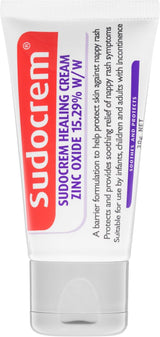




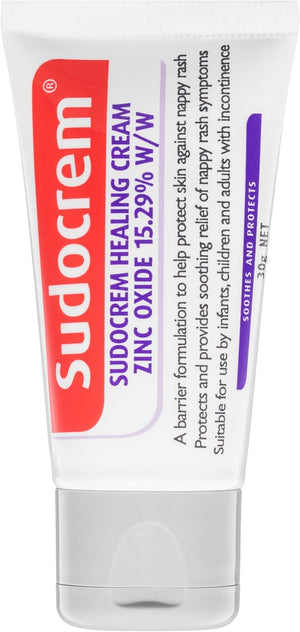



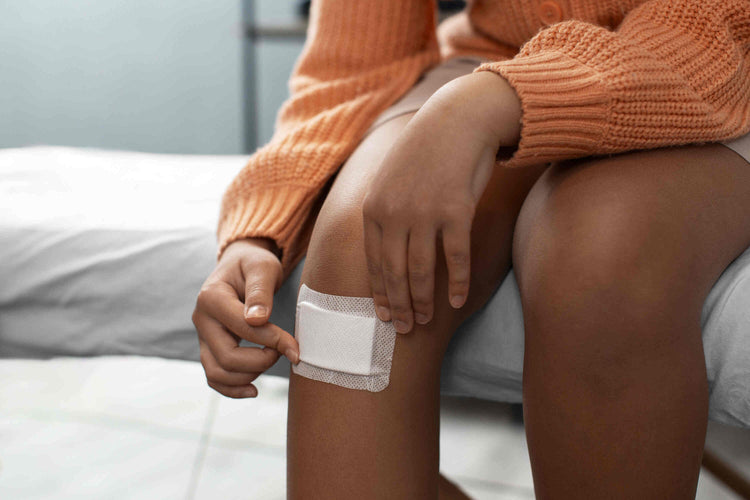
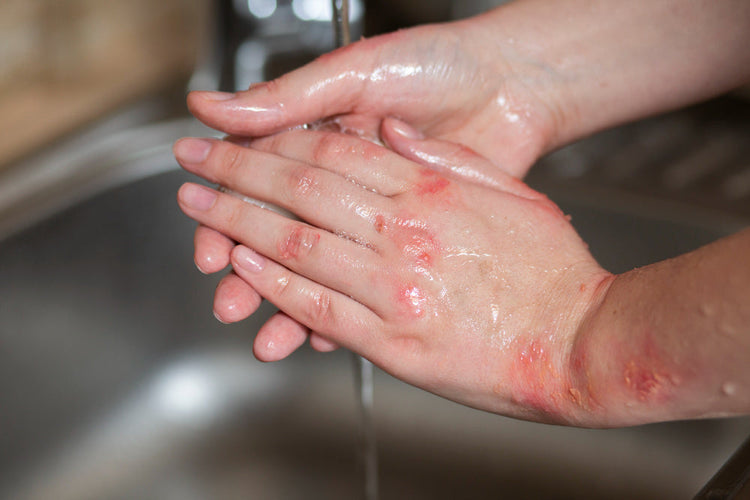

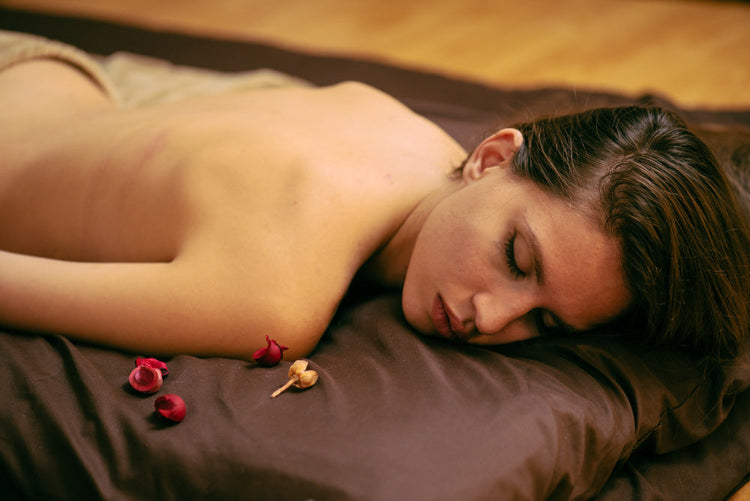


 Rated Excellent by 26,523+ Reviews
Rated Excellent by 26,523+ Reviews